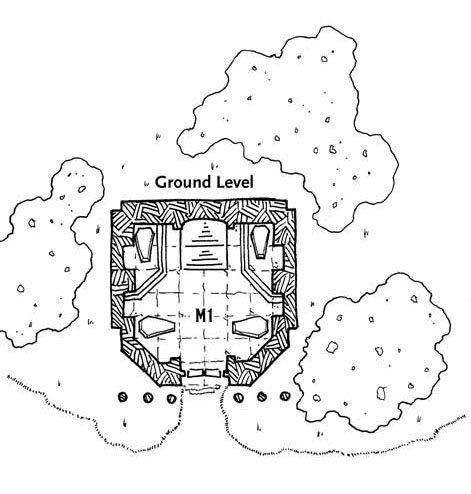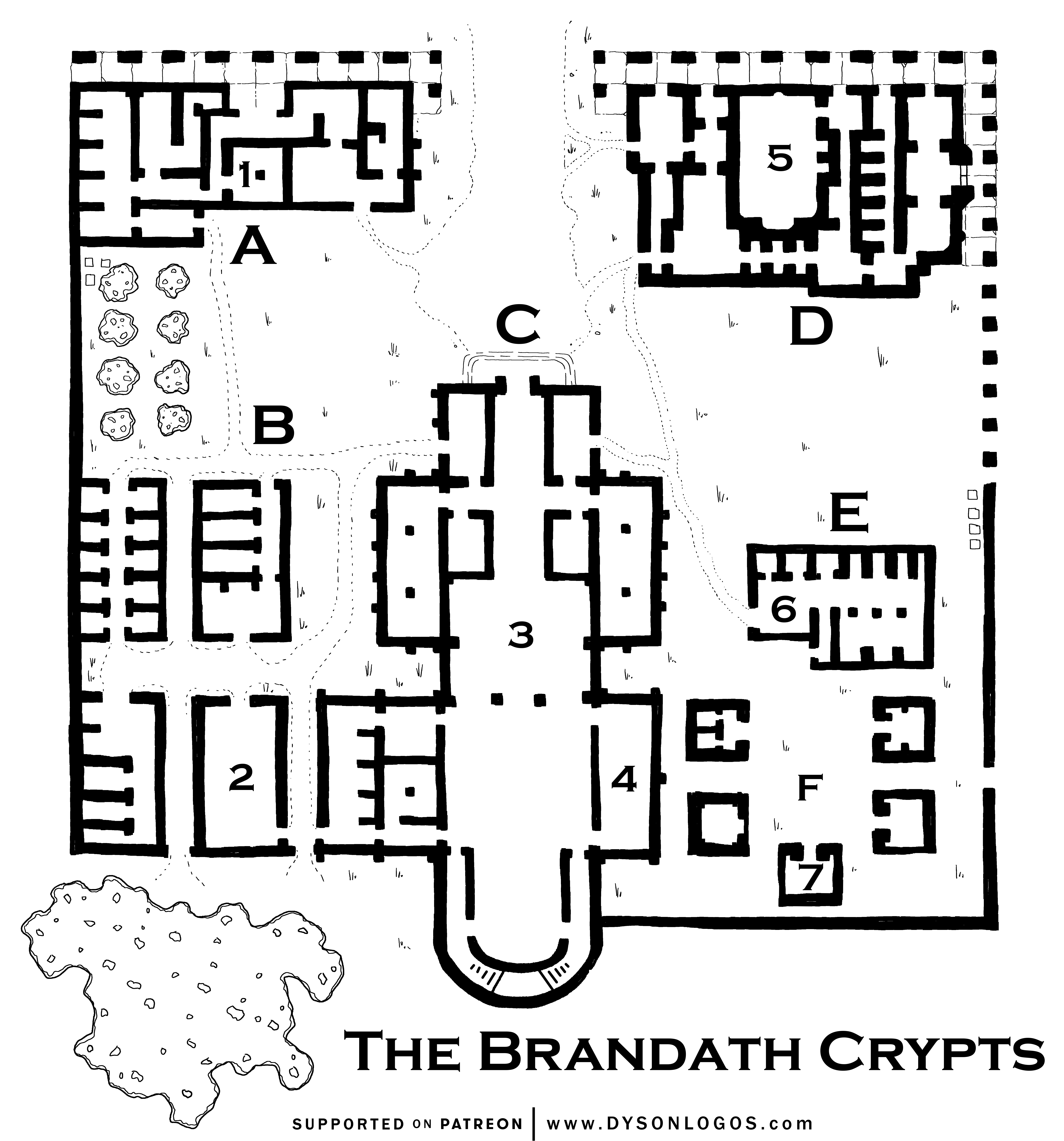
RCC asks:
I just ran my first game and got into a sticky situation: The NPC quest giver asked the party to clear the dungeon, but the PCs stopped after the first room and came back because the entrance to the second room was blocked. I ended up just having the quest giver pay them because I couldn’t figure out what to do. What should I have done?
It sounds like your players thought they’d accomplished their goal, but hadn’t. You can also run into this sort of situation if the PCs are deliberately trying to con their employer, of course, and the way you can handle it is largely identical.
It basically boils down to a broader GMing principle: Figure out the consequences of the PCs’ actions, then look for how those consequences can be vectored back to and intersect with the PCs’.
In this case, those consequences and that intersection is probably obvious and, in a long-term campaign, pretty easy to bring into play. For example, let’s say that the PCs were hired to clear out a mine infested with rust monsters. They told the person that hired them that the rust monsters were all gone, but they weren’t. What happens when the person who hired them discovers that?
An angry customer demanding that they finish the job might actually be the least of their problems! If the mine owner sent workers back into the mine believing that the dangerous creatures were no longer present, innocent people might have been killed. Has the mine owner been imprisoned due to endangerment? Are bounty hunters trying to round up the PCs to come testify? Does the brother of a slain miner try to track them down for a little vengeance?
Or flip it around and look at the consequences of the mine remaining closed: Does the local economy collapse? Was the silver flowing from the mine an essential income for a local duke, whose political power is damaged as a result of its loss?
Also: Where did those rust monsters come from? What consequences might there be from a herd of (breeding?) rust monsters having longer access to such a prolific feeding ground?
Your most immediate goal might just be to prompt the PCs to go back and finish the adventure, but often the splash back to their reputation and the ancillary fallout from their failures (or con jobs) can be just as interesting or even more interesting.
For a discussion of similar techniques, also check out Running the Campaign: Aftermath of Adventure.
ONE-SHOTS
If this scenario was being run as a one-shot, on the other hand, the real-world time pressure would obviously make it more difficult to explore all of these possibilities. So if I ran into this “whoops, they ditched the scenario” situation while running a one-shot, there are a couple things I’d look at.
First, did we already fill a goodly portion of our time and did everyone seem to have a good time? If so, it can be just fine to shrug and say, “Great adventure!”
On the other hand, if we have a whole bunch of time left in our slot and/or the experience seems unsatisfying, then I’d probably try to figure out how to let them know that they missed the adventure.
If you can figure out how to do that diegetically, great! For example, as the PCs — standing in the first room of the dungeon — conclude that the job was a lot easier than they thought it would be and make preparations to leave, that might be a great moment to have some hungry rust monsters, drawn by the smell of all the succulent metal the PCs are wearing, burst through whatever is blocking the entrance to the second room of the dungeon and attack!
But if you ultimately just need to say to the players out of character, “Hey, folks. The rest of the dungeon is on the other side of the boarded up passage with the signs saying, ‘KEEP OUT!’,” that’s not necessarily the end of the world.
Another way to do this, though, is to look at some of the long-term options you might use in a campaign and to the same thing, but at a faster pace!
For example, the PCs go back to town. They get paid. And then — BAM! — you skip a bunch of empty time and jump straight to, “We fast forward two weeks and the mine owner is in your face! ‘What game are y’all trying to play?! You only cleared out the first room!”
Then take a five minute break and use the time to sketch in a few new details to the dungeon suggesting the passage of time:
- The blockade has been removed by returning miners.
- Signs of fresh violence where the miners were surprised to encounter the rust monsters they were told had been cleared out.
- A creche or two of baby rust monsters that had time to be born because the PCs didn’t get the job done immediately, potentially complicating the situation in any number of ways.
And just like that, you’ve turned frustration into a fun and memorable scenario that’s made even more special because it came not only from you, but from the choices of your players!














